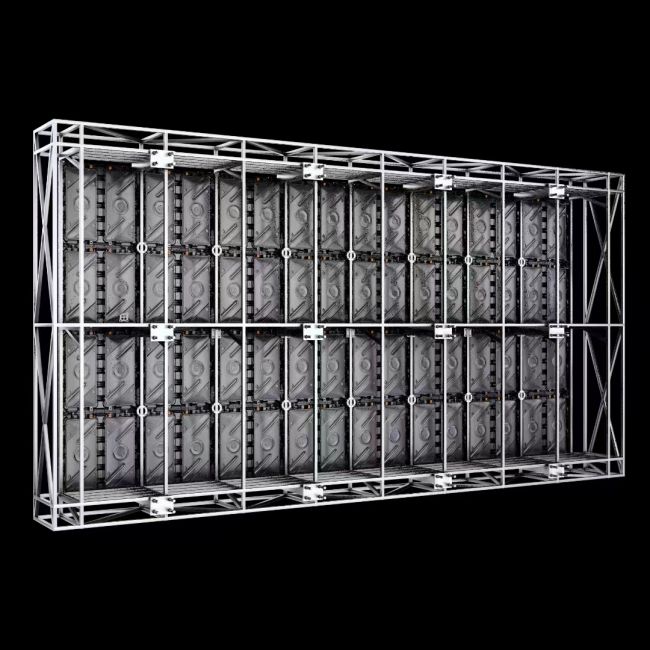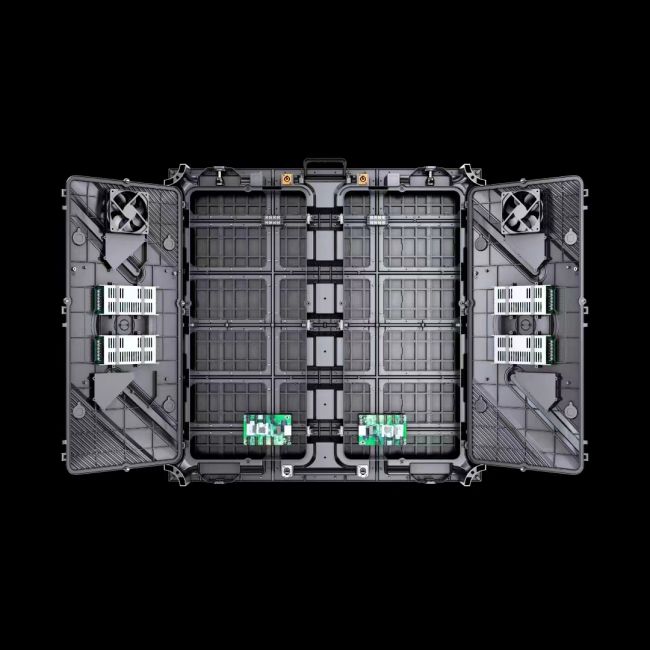Installing an Outdoor Full-Color LED Display – A Comprehensive Guide

I. Selecting an Outdoor Full-Color LED Display
-
Determine your needs and budget: When choosing an outdoor full-color LED display, factors like size, brightness, resolution, and refresh rate need to be considered. Bigger screen sizes are generally preferred, but it's essential to account for the installation environment and load-bearing capacity.
-
Resolution: Higher resolution is usually better, but consider your specific requirements and budget when selecting a display.
-
Refresh rate: A higher refresh rate is generally better, but, as with other factors, select one that meets your needs and budget.
-
Brightness: Outdoor full-color LED displays should typically have a brightness of 5000-6000 CD/m2. Low brightness may impact visibility, while high brightness can be harmful to the eyes.
-

II. Designing the Outdoor Full-Color LED Display
-
Ensure proper ventilation: Design exhaust vents on the top of the display and intake vents on the bottom, keeping them above ground level to prevent debris and water infiltration.
-
Use air filters: Implement air filters to prevent foreign materials from entering the screen and affecting visibility.
-
Waterproof connections: Ensure watertight and leakage-proof connections between the screen body and installation points to prevent water-related malfunctions.
-
Address environmental factors: LED screens are often exposed to harsh conditions, including direct sunlight, lightning strikes, wide viewing angles, and varying ambient light. The design should account for these factors.
-
Temperature considerations: Outdoor LED displays must work within a temperature range of -10°C to 40°C. Proper cooling measures are essential to prevent overheating and damage.
-

III. Installation and Construction of the Outdoor Full-Color LED Display
-
Lightning protection: Install lightning protection devices to safeguard the display against electrical surges from lightning strikes.
-
Industrial-grade components: Utilize industrial-grade integrated circuit chips to ensure the system functions in harsh environments, even in winter.
-
Ventilation system: Provide proper ventilation to maintain the display at temperatures within the specified range, typically accomplished with air conditioning.
-
Ultra-high brightness LEDs: Use high-brightness LEDs to ensure visibility under direct sunlight, even from a distance.
-
Pre-installation checks: Before installation, check all connections for accuracy and perform a startup test to confirm proper operation.
Outdoor LED display systems consist of LED display panels, control systems, LED power supplies, and steel structures. Proper installation is essential to meet the demands of the installation environment, which may include walls, city squares, open areas, and rooftops.
-
Mounting Steel Structures: The display is secured using steel framework, designed to ensure it can carry the display's weight safely. The choice between single or double columns depends on the installation location.
-
Thermal Management: Adequate cooling measures are necessary for proper LED screen function, as high temperatures can lead to malfunctions or even failure.
-
Grounding and Lightning Protection: Ensuring the screen and casing are properly grounded, with a resistance less than 3 ohms, prevents damage from electrical surges caused by lightning.
-
Lightning Strikes: Given the vulnerability of outdoor LED displays to lightning, lightning protection should be thoroughly considered.
In summary, when installing an outdoor full-color LED display, various aspects such as design, environment, and construction methods should be meticulously planned to ensure proper operation. Quality and safety should always take precedence over cost and timelines to guarantee the screen's optimal performance and longevity.



